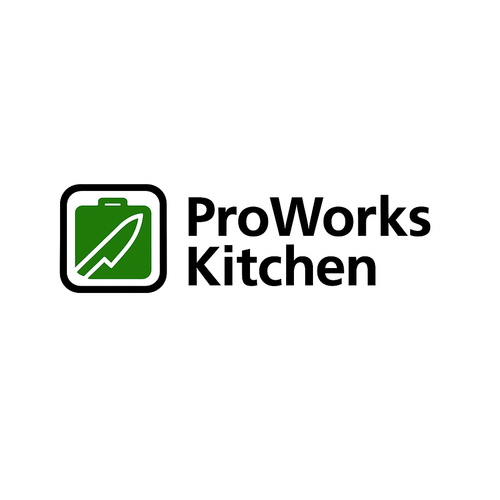Did you know that your cutting board could be one of the dirtiest tools in your kitchen? While we often focus on cleaning countertops, sinks, and utensils, we tend to overlook the cutting board—a tool we use daily for food prep. In this post, we’ll explain why cutting boards are often the most contaminated item in your kitchen and how you can reduce the risks by choosing a safer, more hygienic option.
The Bacteria Problem with Plastic Cutting Boards
Plastic cutting boards are a popular choice in kitchens for their affordability and ease of cleaning. However, there’s a hidden problem: deep knife grooves. Each time you cut into a plastic board, your knives create small grooves on the surface. These grooves can trap food particles and bacteria, making it difficult to clean the board properly. Even with a thorough wash, the bacteria can remain in these grooves and continue to multiply, making plastic cutting boards a breeding ground for germs.
The Bacteria Trap of Wooden Cutting Boards
Wooden cutting boards, while often praised for their aesthetic appeal and knife-friendly surface, are not without their own hygiene issues. Wood is porous, which means it can absorb moisture, food juices, and bacteria. The deep knife marks created by regular use create perfect hiding spots for bacteria. Even with regular washing, it’s almost impossible to completely clean these grooves, which means bacteria can thrive on the surface. This increases the risk of cross-contamination when preparing food.
The Problem with Both Plastic and Wood
Both plastic and wooden cutting boards share one major flaw: they develop grooves and scratches over time. These imperfections are difficult to clean, even with regular washing, and they trap food particles, moisture, and bacteria. While plastic may be more prone to shedding microplastics and wood is porous, both types of cutting boards are unsafe if not properly sanitized, and even then, they still carry risks of contamination.
The Safer, Cleaner Alternative: Stainless Steel and Titanium
If you’re looking for a cutting board that’s hygienic, easy to clean, and durable, it’s time to switch to 304 stainless steel or 99.8% pure titanium cutting boards. These materials offer a non-porous, bacteria-resistant surface that’s easy to sanitize. Unlike plastic and wood, stainless steel and titanium do not develop grooves that trap food and bacteria. This makes them much easier to clean and significantly safer for food prep.
Why Stainless Steel and Titanium Are the Best Options
- Non-porous: These materials don’t absorb food, liquids, or bacteria, ensuring a safer surface for cutting.
- Easy to clean: Simply rinse or wash them in the dishwasher to sanitize your cutting board thoroughly.
- Durable: Stainless steel and titanium are long-lasting and don’t degrade or develop grooves over time like plastic and wood.
- Knife-friendly: While stainless steel can dull knives over time, titanium is softer and gentler on blades, helping preserve their sharpness.
- Bacteria-resistant: With no grooves to trap food or moisture, stainless steel and titanium reduce the risk of bacteria growth.
